ISSN ONLINE(2319-8753)PRINT(2347-6710)
ISSN ONLINE(2319-8753)PRINT(2347-6710)
| Mr. Shital P. Udagave1, Prof (Dr). V. R. Naik2 P. G. student , Department of Mechanical Engineering ,D.K.T.E.’s Textile and Engineering Institute, Ichalkaranji, Maharashtra-416115, India1 Professor, Department of Mechanical Engineering, D.K.T.E.’s Textile and Engineering Institute, Ichalkaranji, Maharashtra-416115, India2 |
| Related article at Pubmed, Scholar Google |
Visit for more related articles at International Journal of Innovative Research in Science, Engineering and Technology
Most of the textile industries in developing countries are facing a big problem of noise pollution and vibration. The assessment of noise pollution and vibration in textile industries has been the aim of this study and Textile Mill is chosen as the case study. The investigation was concerned with the noise exposure and its adverse effects to workers at the mill. The findings revealed that about 30% of the Textile Mill employees are working in hazardous environments of above 90 dB, which is the recommended safe limit of noise in the working environment for 8 h used in Mill. In this regard, a programme which includes different methods of how to control the problem has been proposed for conserving hearing and vibration at the factory. The methods include modification of the noise and vibration source by providing viscoelastic epoxy resin sound damping coating, repair of machines, and periodic audiometric testing. This paper presents an efficient method to determine sound power levels (PWLs)measured by sound level meter(SLM) near the noise sources generated by the simultaneous operation of Terry towel machine and Time–frequency analysis, including the wavelet transform, is one of the new and powerful tools in the important field of structural health monitoring, using vibration analysis. Commonly used signal analysis techniques, based on spectral approaches such as the fast Fourier transform (FFT), are powerful in diagnosing a variety of vibration-related problems in rotating machinery
Keywords |
| Audiometric testing, Sound power levels, Frequency analysis, Vibration analysis, Fast Fourier transform |
INTRODUCTION |
| To reduce the noise pollution and vibration analysis is used to determine the operating and mechanical condition of equipment. A major advantage is that analysis can identify developing problems unwanted vibrations and noise before they become too serious and cause unscheduled downtime. This can be achieved by conducting regular monitoring of machine by using noise and vibrations measurement either on continuous basis or at scheduled intervals. Vibration in simple terms is oscillation said to be mechanical about a equilibrium point. The oscillation may be periodic or random based on the application. Machine vibration is simply the back-and-forth movement of machines or machine components. Any component that moves back and forth or oscillates is vibrating [1]. Any vibration has two measurable quantities namely amplitude and frequency All rotating machines produce unwanted vibrations and noise that are a part of the machine dynamics, such as the misalignment and unbalance of the rotating parts. Measuring the `frequency of vibration at certain frequencies can provide valuable information about the accuracy of shaft alignment and balance, the condition of bearings or gears, and the effect on the machine due to sound damping coating provided other structures. Sound is defined as any pressure variation that the ear can detect ranging from the weakest sounds to sound levels which can damage hearing. Vibration and Noise measurement is an effective, non-intrusive method to monitor machine condition during start-ups, full load, half load, shutdowns and normal operation. Using analysis, the condition of a machine can be constantly monitored [2]. |
II. OBJECTIVE |
| The main objective of this project is study and makes an analysis on vibration and noise when Terry towel weaving machine operated at full and half load condition. For this experimental work we are using fast Fourier transform (FFT) analysis for vibration and sound level meter (SLM) for noise analysis .The machine component bowel which is selected for analysis and base material changed by new material which is viscoelastic and having sound damping properties .Differentiate between the analysis result of three different types of Materials: cast iron, Steel without coating and with epoxy resin (viscoelastic material )coating in two different thickness layers. |
III. METHDOLOGY |
| The proposed work divided into following groups. |
| a) The vibrating and noise producing component selection in terry towel machine by structural analysis as well as sound level meter used. From this maximum displacement in analysis and maximum noise producing component selected. |
| b) Measurement and Analysis of Noise and vibration for current performance detailed analysis can be made to determine identify any faults that may be arising or that already exist. |
| c) Epoxy Coating is provided those located mechanism which makes unwanted noise and vibration. After modification comparison will be made between results. |
IV. FEA ANALYSIS OF BOWEL |
| The commercial finite element package ANSYS version 11.0 was used for the FE modeling, meshing and analysis of bowel. The geometric model for the bowel was created based on the drawing. Element type shell 10-node (2nd order) Tetrahedral element was selected is well suited to model irregular mesh [3, 4]. Then element material properties were assigned. After assigning the material properties the model was meshed by using mesh tool. The next step was the definition of the boundary conditions. All degrees of freedom are constrained at the bolting region of the bowel. The next step was the definition of the loads. |
| No. of Elements = 208901 No. of Nodes = 76528 |
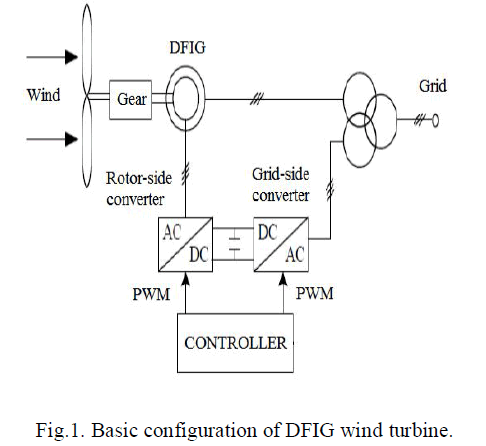 |
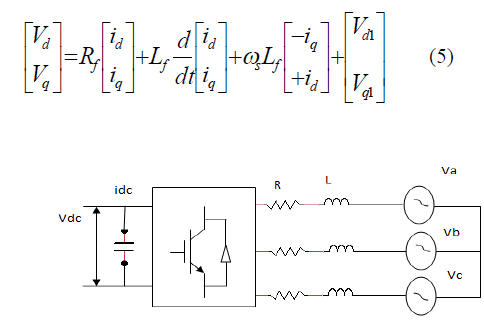 |
| Form the above result bowel is produce maximum noise up to 92dB and maximum displacement 0.205mm gives in structural analysis. So the bowel is selected for vibration and noise analysis. |
V. BOWEL FREQUENCY CALCULATION |
| The frequency of a vibrating component is determined by counting the number of oscillation cycles that are completed every second or revolution per minute (rpm). The component going through 60 vibration cycles every second is said to be vibrating at a frequency of 60 cycles per minute. Frequency, as with amplitude, is always expressed with a unit. Commonly used frequency units are cps (cycles per second), Hz (Hertz), and cpm (cycles per minute). Hertz is a unit equivalent to "cycles per second". One Hz is equal to one cps, or 60 cpm. The frequency of bowel is 60 cycles per minute is equal to 1Hz. from this vibration reading are taken at 1Hz only that is bowel frequency. |
VI. BASE MATERIAL AND VISCOELSTIC COATING MATERIAL PROPERTIES |
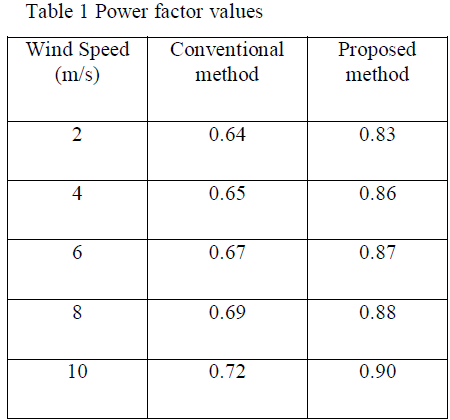 |
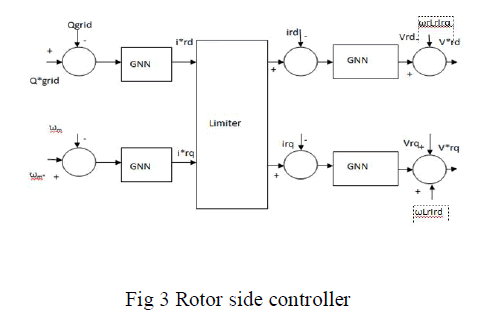 |
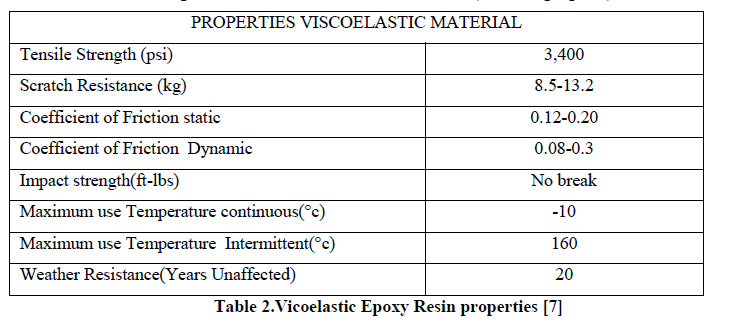 |
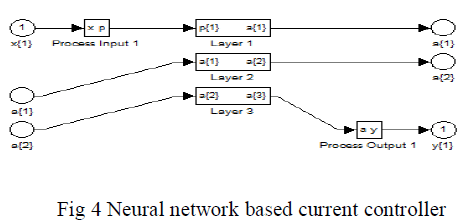 |
 |
| Table3. Initial condition Noise and Vibration Reading |
 |
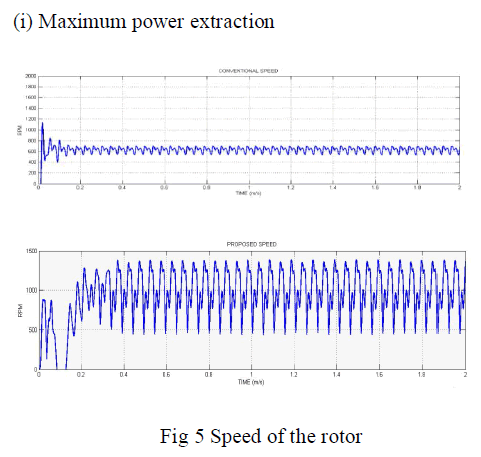 |
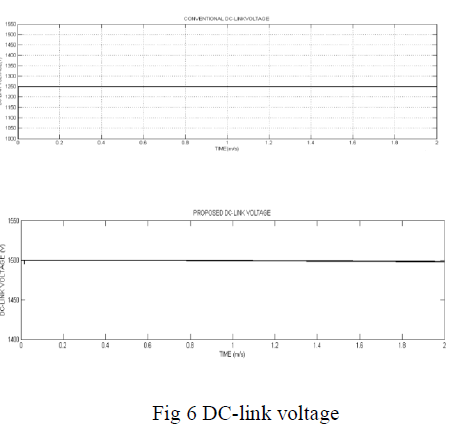 |
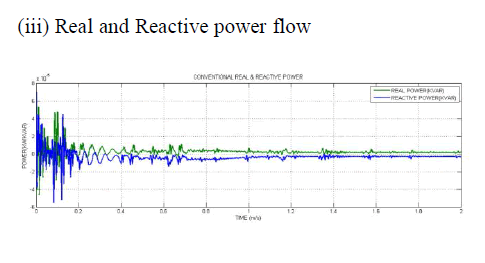 |
 |
VIII. EXPERIMENTAL SET UP |
| The connections of Data acquisition system, computer, and accelerometer, fast Fourier transform and cables to the system are done as per the guidance manual. The accelerometer is connected to the shaft on which the bowel is mounted. The fast Fourier transform (FFT) analysis for vibration and sound level meter (SLM) for noise analysis .The condition as shown in fig. |
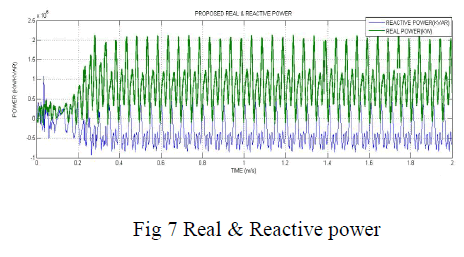 |
IX. CONCLUSION |
| After the comparison between initial and viscoelastic epoxy coated component reading 5to7dB lower noise levels can be achieved. The noise and vibration problems are often easily solved by applying viscoelastic damping material to these metal surface .damping materials works by changing the natural vibration frequency of the vibrating surface and thereby lowering radiated noise and increasing the transmission loss of the material. The above result based on there exist an different types optimum thickness of the coating layers that makes the maximum value provided that the damping capacity of the coating layer and the substrate are not equal. The coating and substrate will increase the non- affined degree of the local deformation field in and near the interface, and improve the damping and strength of the coating structure. |
References |
|